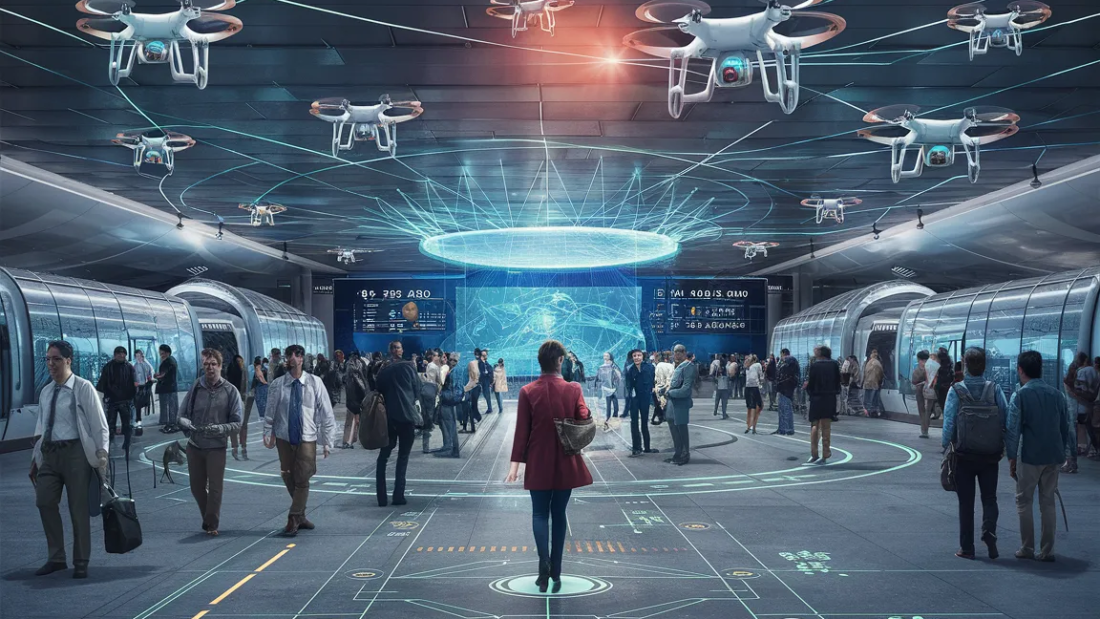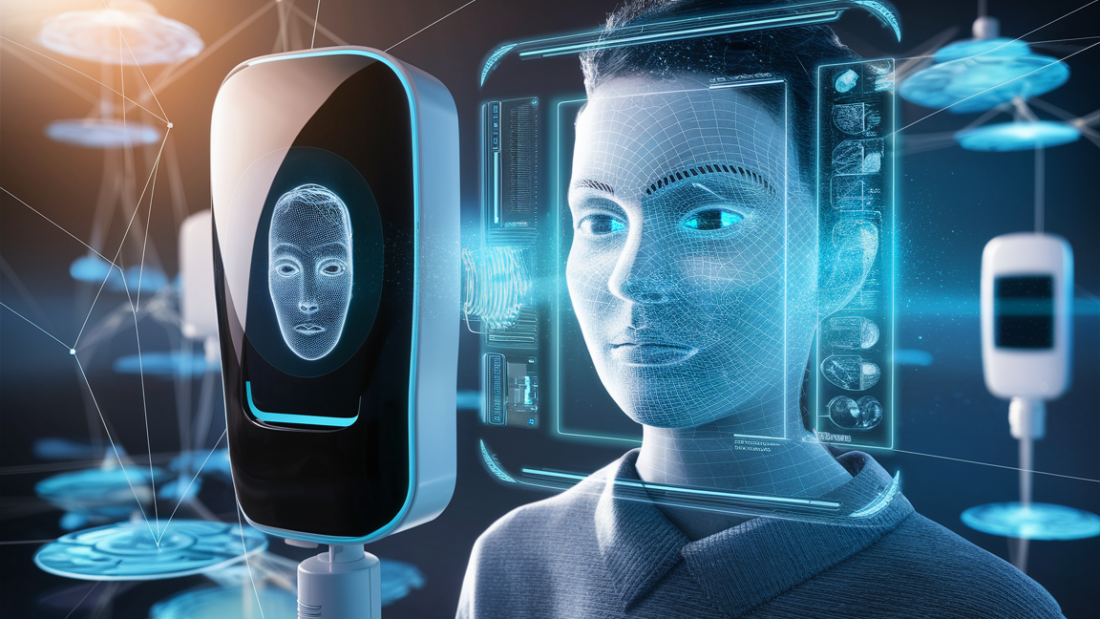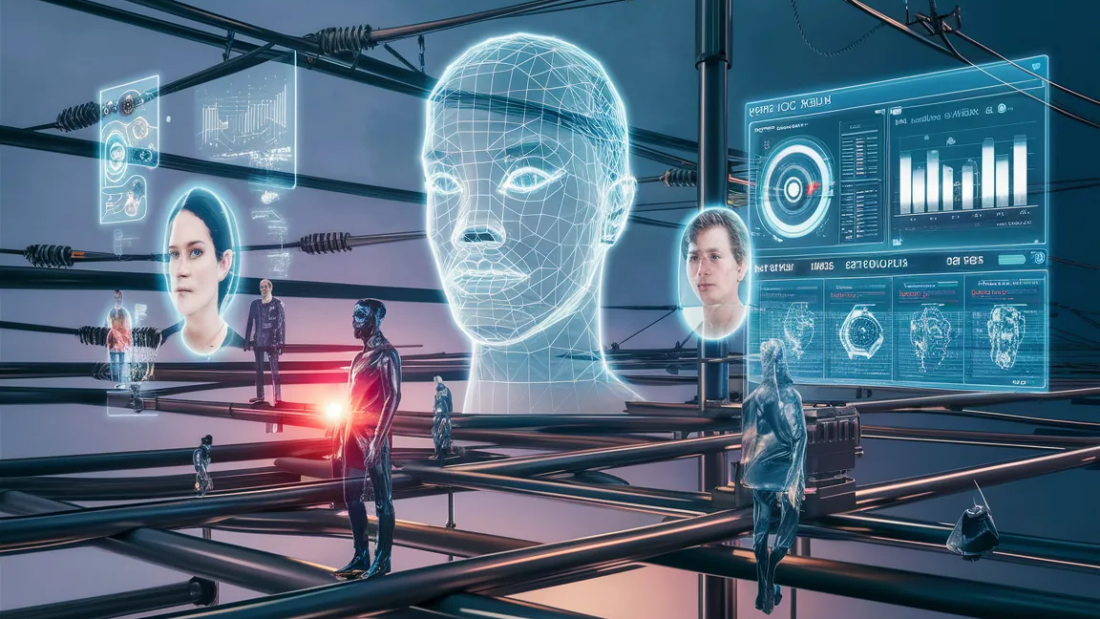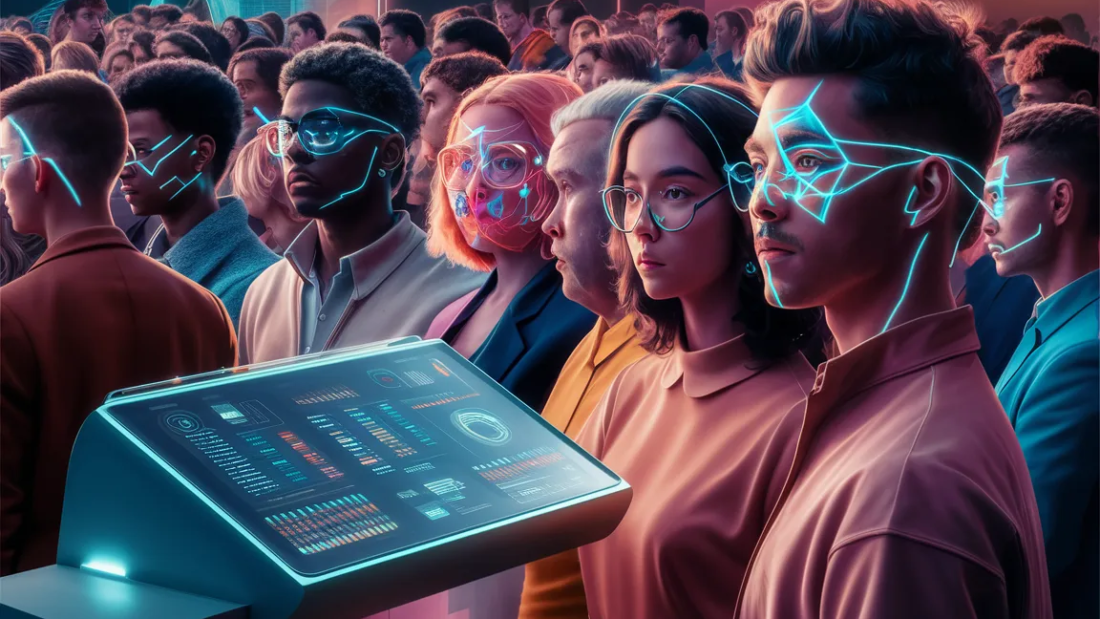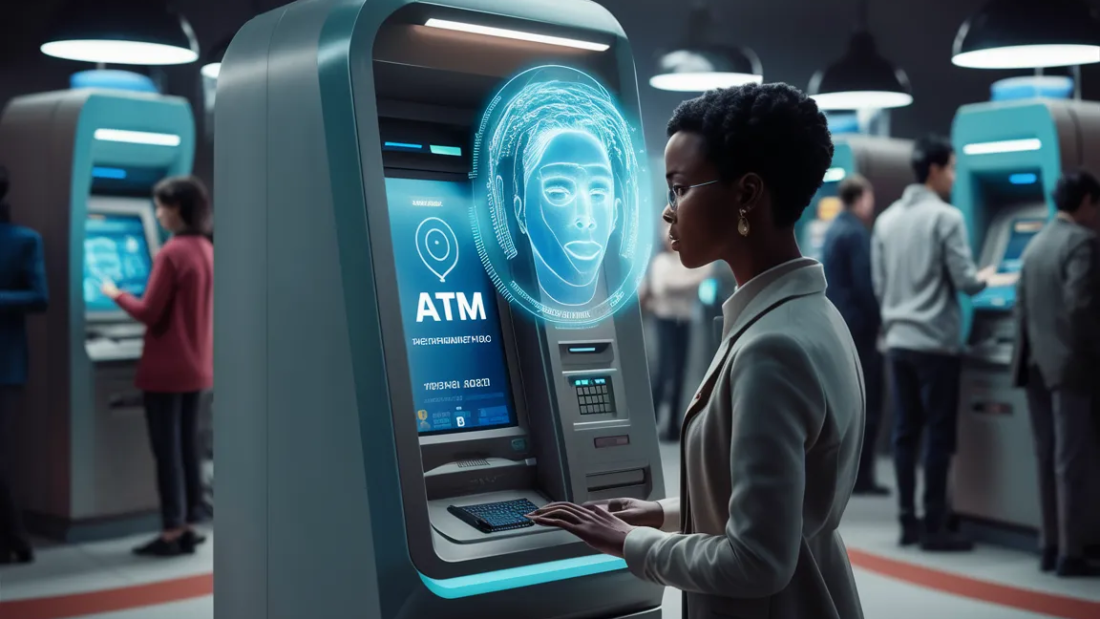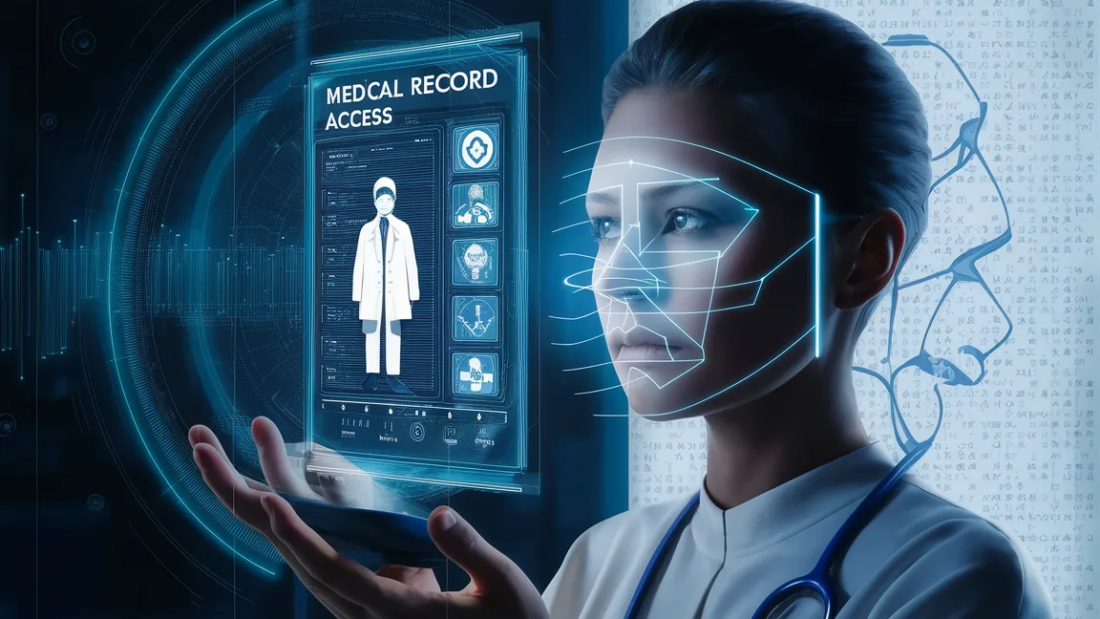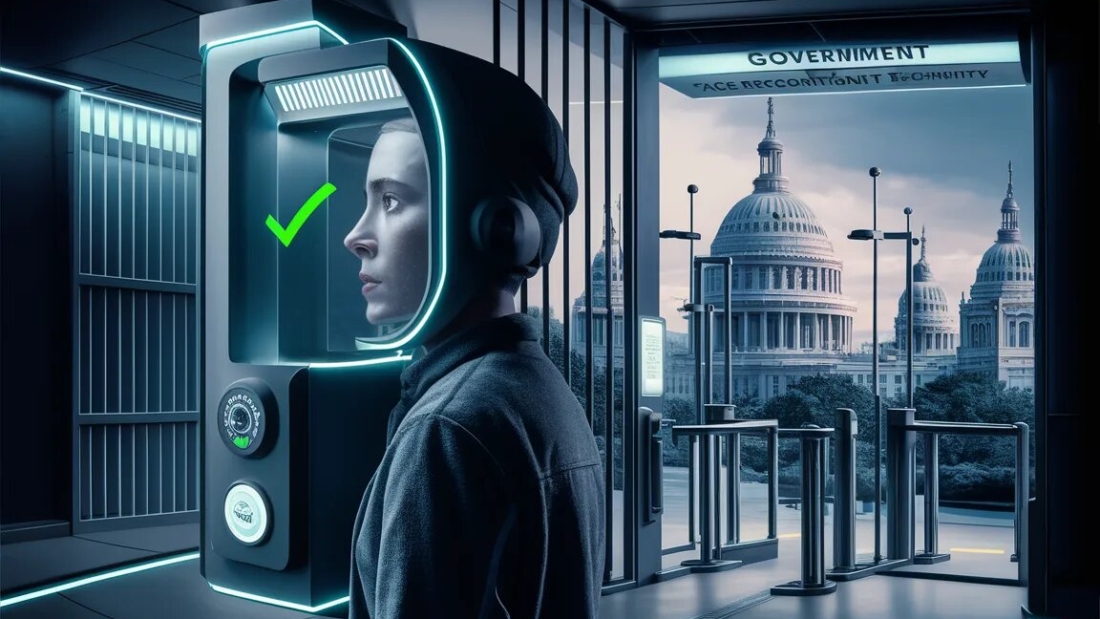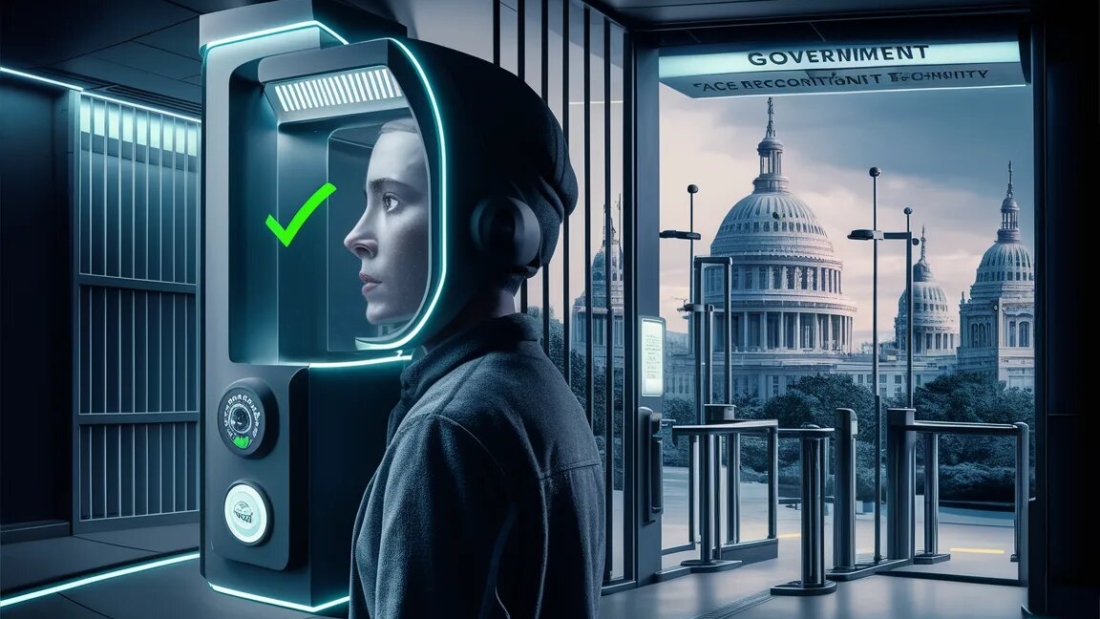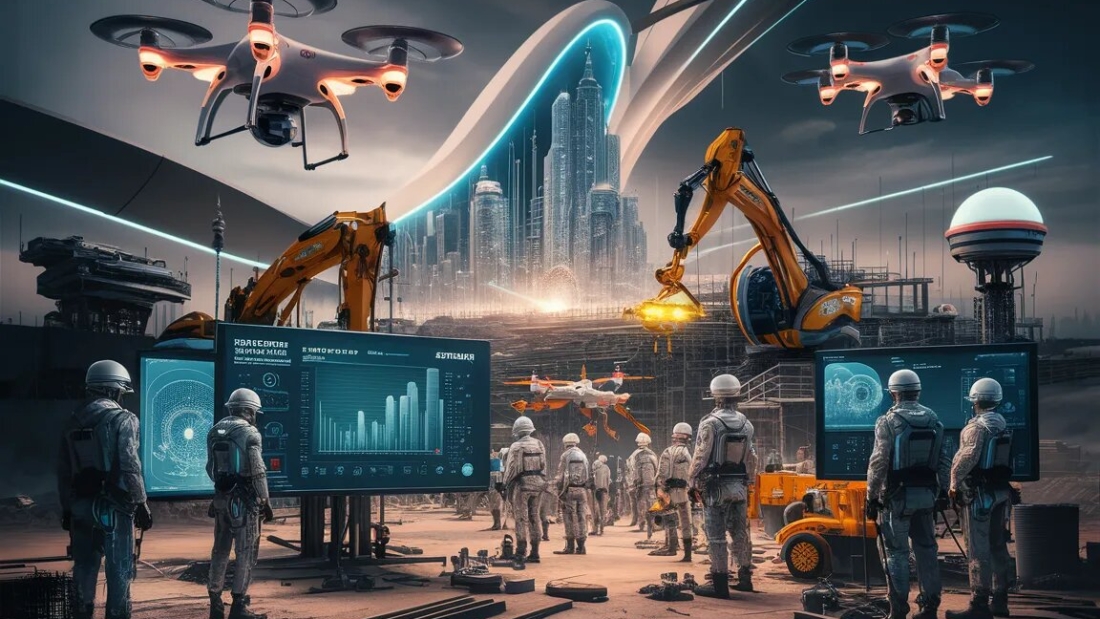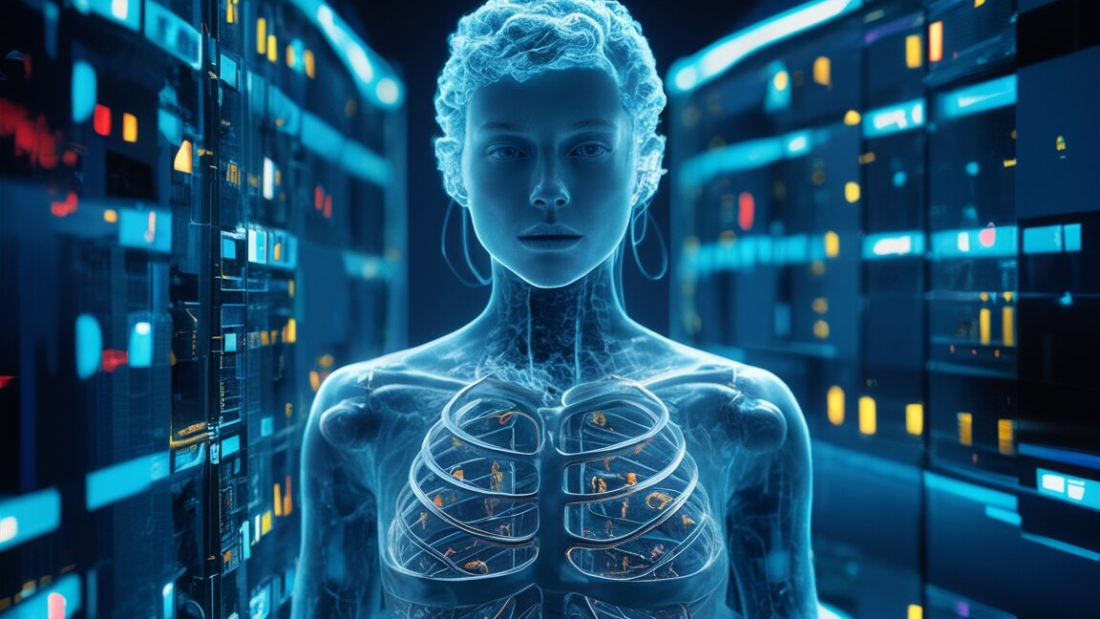In the ever-evolving digital landscape, video analytics has emerged as a game-changer. By harnessing the power of data within videos, organizations can unlock valuable insights to enhance decision-making, optimize processes, and drive business growth. Video analytics, including tracking and computer vision, offers a deeper understanding of audience behavior, content performance, and overall engagement levels, enabling businesses to tailor their strategies for maximum impact. This technology not only provides real-time monitoring but also predictive analysis, revolutionizing how companies interact with their target audience and refine their marketing efforts. Stay ahead of the curve by leveraging the potential of video analytics to elevate your business strategies and stay competitive in today’s dynamic market.
Key Takeaways
- **Implementing video analytics in public transport hubs can significantly enhance safety and security measures.
- **Key applications of video analytics include crowd management, anomaly detection, and real-time monitoring to prevent potential threats.
- **Benefits of incorporating video analytics encompass improved response times, enhanced situational awareness, and cost-effective security solutions.
- **Addressing implementation challenges such as data privacy concerns and system integration is crucial for successful deployment of video analytics.
- **Real-world success stories demonstrate the effectiveness of video analytics in reducing crime rates, enhancing emergency response, and improving overall safety.
- **To stay ahead, stakeholders should embrace future trends in safety and security technologies, including AI-driven analytics and cloud-based solutions.
Understanding Public Transport Hubs
Urban Mobility
Public transport hubs play a crucial role in urban mobility by serving as central locations where various modes of transportation converge. These hubs facilitate the seamless transfer of commuters between buses, trains, trams, and other public transport services. They are strategically located in key areas within cities, tracking zones to ensure easy accessibility and connectivity for passengers.
Public transport hubs significantly reduce traffic jams by encouraging people to use public transportation instead of private vehicles. This shift helps alleviate congestion on roads, leading to smoother traffic flow and reduced travel times for everyone. These hubs promote sustainable transportation options, contributing to a greener environment by reducing carbon emissions from individual vehicles while tracking traffic.
Connectivity
The presence of public transport hubs enhances the overall connectivity within a city by linking different neighborhoods and districts, tracking traffic and people through applications. Passengers can easily navigate through the city using these hubs as central points for transferring between various modes of transportation. This interconnected network not only benefits daily commuters but also promotes tourism and economic activities by making it easier for visitors to explore different parts of the city.
Pros:
- Efficient transfer between different modes of transportation
- Reduction in traffic congestion
- Promotion of sustainable travel practices
Cons:
- Potential overcrowding during peak hours
- Dependency on the reliability of public transport schedules
City Development
Public transport hubs are instrumental in shaping the development of cities by influencing urban planning and infrastructure projects. The strategic placement of these hubs encourages commercial activities around them, leading to the establishment of shops, restaurants, and other amenities that cater to the needs of commuters. This development not only enhances the overall appeal of the area but also boosts economic growth by attracting businesses and investments.
Role of Video Analytics in Safety
Real-Time Analysis
Video analytics with camera detection plays a crucial role in enhancing safety monitoring of subject and object within various environments, including public transport hubs. By utilizing real-time analysis, security personnel can proactively identify potential risks and respond promptly to incidents.
Implementing video analytics enables the continuous monitoring of public transport hubs, allowing for immediate detection of suspicious activities or unauthorized access. This proactive approach significantly enhances the overall safety and security of these bustling locations.
Incident Prevention
The importance of real-time video analysis cannot be overstated when it comes to incident prevention. By leveraging advanced algorithms and forensic analysis, video analytics systems can detect anomalies, objects, subjects, and cameras and alert authorities before situations escalate.
Real-time video analysis using cameras empowers security teams to swiftly address any emerging threats or disturbances, minimizing the likelihood of incidents occurring within public transport hubs. This proactive monitoring is essential for maintaining a safe environment for commuters and staff alike.
Emergency Response Times
In improving emergency response times, video analytics with camera detection provides invaluable support by enabling swift identification and verification of incidents. By analyzing footage captured in the field, authorities can make informed decisions and dispatch resources effectively.
The integration of video analytics with emergency response systems, including camera, detection, and object, streamlines communication and coordination during critical situations. This seamless collaboration ensures that responders have access to real-time information, enabling them to act decisively and mitigate risks promptly.
Key Applications for Enhanced Security
Access Control
Video analytics plays a crucial role in enhancing access control systems. By integrating video analytics with access control mechanisms and camera, organizations can strengthen their security protocols. This integration enables real-time monitoring and verification of individuals accessing restricted areas.
The utilization of facial recognition systems in access control is a prime example of how video analytics enhances security measures. These systems authenticate individuals based on unique facial features, significantly reducing the risk of unauthorized access. The incorporation of machine learning algorithms in facial recognition further enhances accuracy and efficiency.
Perimeter Monitoring
In the realm of physical security, video analytics serves as a powerful tool for perimeter monitoring. Through strategically placed cameras equipped with edge devices, organizations can effectively monitor their premises. These cameras provide comprehensive coverage, enabling security personnel to detect and respond to potential threats promptly.
One key benefit of utilizing video analytics for perimeter monitoring is the automation of surveillance processes. By leveraging advanced features such as license plate recognition, organizations can automate the identification and tracking of vehicles entering or exiting their premises. This automation not only enhances security but also streamlines operational efficiency.
Integration with Existing Infrastructure
Integrating video analytics with existing security infrastructure offers numerous advantages for organizations operating in the security domain. By incorporating data from video analytics solutions into existing systems, organizations gain valuable insights that enhance decision-making processes. This integration enables security teams to leverage domain knowledge derived from video analytics to proactively address security threats.
Moreover, the integration of machine learning algorithms within video analytics software enhances the overall effectiveness of security measures. These algorithms continuously analyze data patterns to identify anomalies and potential security breaches. By harnessing the power of machine learning, organizations can stay ahead of evolving security challenges.
Benefits of Implementing Video Analytics
Cost Savings
Implementing video analytics solutions can lead to significant cost savings for businesses. By utilizing intelligent video analytics, companies can streamline operations, reduce manual labor costs, and minimize the need for human surveillance. This automation not only cuts down on expenses but also enhances accuracy and efficiency in monitoring activities.
The video analytics software can analyze vast amounts of video footage in real-time, detecting anomalies or suspicious behavior promptly. This proactive approach helps prevent potential security breaches, ultimately saving organizations from costly damages and losses. Moreover, with algorithm analytics, businesses can optimize resource allocation and improve overall productivity.
Enhanced Security Operations
One of the key advantages of video analytics is the enhancement it brings to security operations. Through video content analysis and video surveillance, organizations can bolster their security measures by implementing intelligent CCTV systems. These systems use computer vision to interpret video signals and identify potential threats accurately.
By incorporating motion detection and advanced tracking features, video management software equipped with analytics capabilities can provide real-time alerts for any suspicious activities. This proactive monitoring not only improves response times but also ensures a higher level of security across various environments. The seamless integration of video analytics solutions with existing security infrastructure further strengthens overall safety protocols.
Scalability Benefits
Another compelling aspect of video analytics solutions is their scalability. Businesses can easily expand their surveillance networks by adding more video cameras or integrating additional sites into the system without compromising performance. This flexibility allows organizations to adapt to changing security needs and scale their operations efficiently.
With the ability to analyze multiple video streams simultaneously, analytics software provides a comprehensive view of all monitored areas, enabling operators to manage security resources effectively. The scalability of video analytics solutions ensures that businesses can adjust their surveillance strategies as they grow, maintaining a high level of security across diverse locations.
Addressing Implementation Challenges
Integration Challenges
Implementing video analytics often faces challenges such as compatibility issues with existing systems. Ensuring seamless integration with current security setups is crucial.
To overcome integration hurdles, companies can invest in solutions that offer flexible APIs for easy connectivity. By choosing algorithms that can adapt to various platforms, the integration process becomes smoother.
Staff Training Importance
Training staff members is a critical aspect of successful video analytics implementation. Without proper training, employees may struggle to utilize the system effectively.
Providing comprehensive training sessions on tracking and detection algorithms helps employees understand how to leverage these tools for optimal results. Regular refresher courses can keep staff updated on the latest advancements in video analytics technology.
Overcoming Security System Challenges
Another common challenge is aligning video analytics solutions with existing security systems. This requires a deep understanding of the current infrastructure and how the new algorithm can complement it.
Companies can overcome this challenge by conducting thorough assessments of their security needs and identifying gaps that the video analytics solution can fill. Implementing a phased approach to integration allows for gradual adjustments without disrupting overall security protocols.
Real-World Success Stories
Safety Enhancement
Video analytics has revolutionized safety and security measures in various sectors. By analyzing specific events captured on cameras, organizations can proactively identify potential risks and prevent accidents. For instance, in physical stores, video analytics can detect suspicious behaviors in real time, enabling security personnel to intervene promptly.
Implementing deep learning models, video analytics can recognize patterns and anomalies, enhancing security protocols. In scenarios where there is a risk of theft or violence, video analytics can provide real-time results, ensuring the safety of both customers and employees. These technologies have proven instrumental in preventing crimes and safeguarding public spaces.
Crime Prevention
Case studies have shown remarkable success in leveraging video analytics for crime prevention. Law enforcement agencies utilize video analytics to investigate criminal activities and gather evidence efficiently. By analyzing recorded videos of criminal incidents, investigators can reconstruct scenes, identify suspects, and solve cases effectively.
Moreover, video analytics aids in managing large volumes of footage, making it easier to extract relevant information for investigations. The integration of video analytics with evidence management systems streamlines the process of collecting and organizing crucial data. This approach not only enhances the speed of investigations but also improves the accuracy of identifying perpetrators.
Cost Reduction
One of the significant advantages of video analytics is its impact on reducing operational costs for businesses. By automating surveillance tasks through video analytics, organizations can optimize their resources and improve operational efficiency. For instance, in the transportation sector, video analytics helps monitor traffic flow, manage congestion, and enhance overall system performance.
Future Trends in Safety and Security
Artificial Intelligence Integration
Artificial intelligence (AI) is revolutionizing video analytics for security systems. By harnessing AI algorithms, cameras can now detect anomalies in real-time, enhancing threat identification. This integration enables security personnel to respond swiftly to potential risks and prevent incidents. AI-powered surveillance systems can learn from patterns, continuously improving security measures.
Machine Learning Advancements
The advancement of machine learning in video analytics is reshaping security cameras capabilities. Through machine learning algorithms, cameras can differentiate between normal activities and suspicious behavior accurately. This technology empowers security staff to focus on critical tasks by automating alerts for potential threats. Moreover, the continuous learning process enhances the overall efficiency of security operations.
Emerging Security Threats Addressed
Video analytics plays a crucial role in addressing emerging security threats by providing real-time insights and actionable intelligence. By analyzing data from multiple sources, including intelligence from alarms and cameras, organizations can proactively identify vulnerabilities and strengthen their security posture. Video analytics also aids in monitoring restricted zones efficiently, ensuring timely responses to any unauthorized activities.
Potential of Video Analytics
The potential of video analytics lies in its ability to augment human operators’ capabilities with intelligent automation. By leveraging AI-driven algorithms, video analytics systems can generate alerts for suspicious activities, enabling security teams to focus on critical tasks. This proactive approach minimizes response time to incidents like theft and unauthorized access, enhancing overall safety and security measures.
Encouraging Adoption Among Stakeholders
Promoting Strategies
To encourage stakeholders to adopt video analytics, it is crucial to educate them on its benefits. Providing training sessions for staff can help in increasing their interest and comfort with the technology.
Collaboration Benefits
Collaboration between the public and private sectors in implementing video analytics can lead to comprehensive and effective solutions. It allows for the sharing of resources and expertise, enhancing the overall outcome.
Importance of Awareness
Creating awareness about the advantages of video analytics is paramount. Demonstrating how it improves monitoring, enhances recognition, and provides valuable insights like ball possession and control can significantly impact its adoption rate.
Summary
You’ve delved into the realm of video analytics in public transport hubs, uncovering its pivotal role in enhancing safety and security. From understanding its applications to exploring real-world success stories and future trends, you’ve grasped the transformative power it holds. The benefits are clear, but so are the challenges; yet, with the right approach and stakeholder engagement, widespread adoption is within reach. Now equipped with knowledge and insights, it’s time to act. Embrace video analytics not just as a tool but as a solution that can revolutionize safety measures in public spaces. Your next step? Implement and advocate for these technologies to create safer environments for all.
Frequently Asked Questions
What is the role of video analytics in enhancing safety and security?
Video analytics plays a crucial role in enhancing safety and security by providing real-time monitoring, detecting anomalies, and enabling quick responses to potential threats, ultimately creating a safer environment for individuals.
How can implementing video analytics benefit organizations?
Implementing video analytics can benefit organizations by improving incident response time, reducing security risks, optimizing operational efficiency, and enhancing overall safety measures, leading to cost savings and increased productivity.
What are the key applications of video analytics for enhanced security?
Video analytics can be applied for perimeter control, crowd management, facial recognition, object tracking, and suspicious behavior detection, all contributing to heightened security levels and proactive threat mitigation strategies.
How can organizations address implementation challenges when adopting video analytics solutions?
Organizations can address implementation challenges by conducting thorough training sessions for staff, ensuring system compatibility with existing infrastructure, setting clear objectives, and partnering with experienced vendors to streamline the integration process effectively.
Can you provide examples of real-world success stories involving the use of video analytics?
Several organizations have successfully utilized video analytics to prevent theft, monitor traffic flow, enhance emergency responses, and improve overall public safety. These success stories demonstrate the tangible benefits and effectiveness of video analytics in various scenarios.
What future trends can we expect in the realm of safety and security with the advancement of video analytics technology?
With continuous advancements in video analytics technology, we can expect trends such as AI-driven predictive analytics, automated threat detection, integration with IoT devices, and enhanced data privacy measures to shape the future landscape of safety and security solutions.
